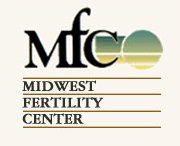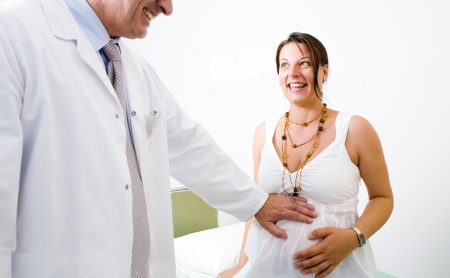You pay a lot of money to get pregnant with IVF but you may be wondering how successful is IVF in getting you pregnant. At Midwest Fertility Center, Dr Amos Madanes has been successfully getting women pregnant with IVF since 1984.
IVF success rates are available online at the website for the Center for Disease Control (CDC) and the Society for Assisted Reproductive Technology (SART). You can look up the national rates, or find rates for individual clinics, at these sites, including Midwest Fertility Center. IVF is more likely to be successful for younger women using donor eggs.
According to the data collected for 2007, these are the IVF success rates nationally, when using non-donor eggs:
- For women younger than 35, the percentage of live births per cycle is 39.6%.
- For women ages 35 to 37, the percentage of live births per cycle is 30.5%.
- For women ages 38 to 40, the percentage of live births per cycle is 20.9%.
- For women ages 41 to 42, the percentage of live births per cycle is 11.5%.
- For women ages 43, the percentage of live births per cycle is 6.2%.
- After age 44, little more than 1% of IVF cycles with non-donor eggs lead to live birth.
As you can see, IVF success goes down significantly after age 40. Women over 40 have more success with donor eggs and IVF. You might want to check out the International Egg Bank and their various recipient programs.
Success rates when using donor eggs are not as dependent on the woman’s age.
- The percentage of live births per cycle when using donor eggs is 55.1% with fresh embryos.
- The percentage of live births per cycle when using donor eggs is 31.9% when using frozen embryos.
It’s interesting to note that IVF success rates with donor eggs are even higher than a woman younger than 35 using her own eggs. Donor eggs offer the best chance for success.
The success rates listed above are based on one IVF cycle. To improve your chances for success, you might want to consider three IVF cycles. Your odds for success increase if you can do more than one IVF cycle, and it’s typically recommended that you plan on it. According to at least one study, women who conceived with IVF treatment went through an average of 2.7 cycles. They also found that the odds for success — for women of all ages — after three IVF cycles was between 34% and 42%. Practically speaking, to improve your odds, you should try for at least three IVF cycles.
However, going for more than 3 cycles doesn’t really improve your chances of getting pregnant. This particular study found that cumulative pregnancy success odds continued to improve (slightly) for up to five cycles. After that, the odds plateaued. The high cost of IVF, plus the psychological distress experienced by couples, makes multiple IVF cycles difficult. The success of IVF depends upon a number of factors, such as the age of the patient, the quality of sperm and eggs, the skill of the physician, the health of the woman’s uterus, and the duration of infertility. Successful pregnancy following IVF can be determined through blood tests performed approximately 13 days following the procedure or by ultrasound after 30 to 40 days. Please contact our office for specific details on IVF success rates.
If you decide to get IVF, Midwest Fertility Center has one of the lowest priced IVF basic package. We also understand that one cycle may not be as successful as three IVF cycles. We created a special program called Slide to Success. Slide to Success is a highly affordable program to help make your dreams of parenthood come true. Because we understand your needs, we have designed a multi-cycle IVF program that lessens your financial burden should your 1st attempt not be successful.
- IVF Cycle One: $7,000.00
- IVF Cycle Two: $5,000.00
- All Additional Cycles: $3,000.00 (per cycle)
- (Facility Fee, Medications & micromanipulations not included)
We will work with you every step of the way to help your dreams come true.
Our medical staff is also available to answer your questions at 1-800-244-0212.
Ready to get started? Book a consultation.

